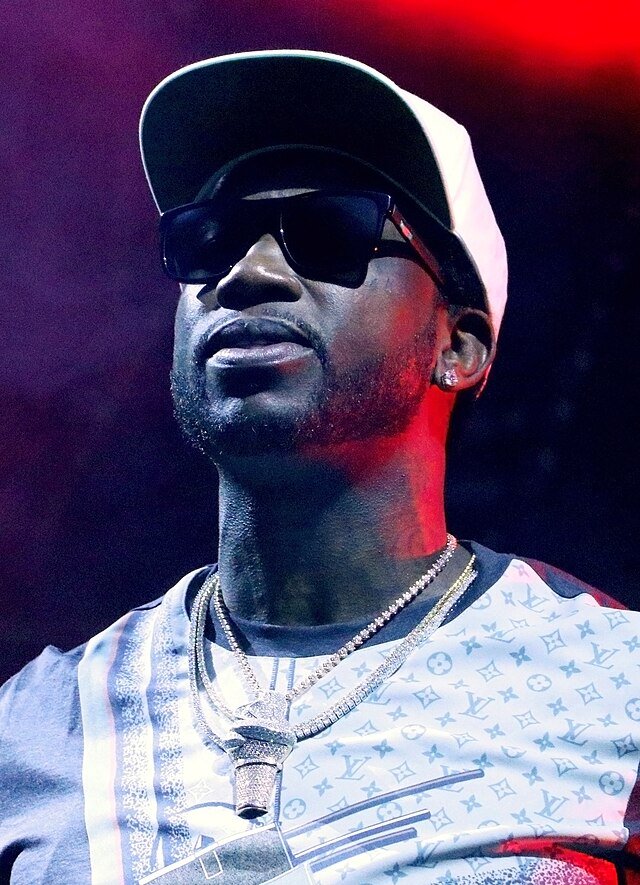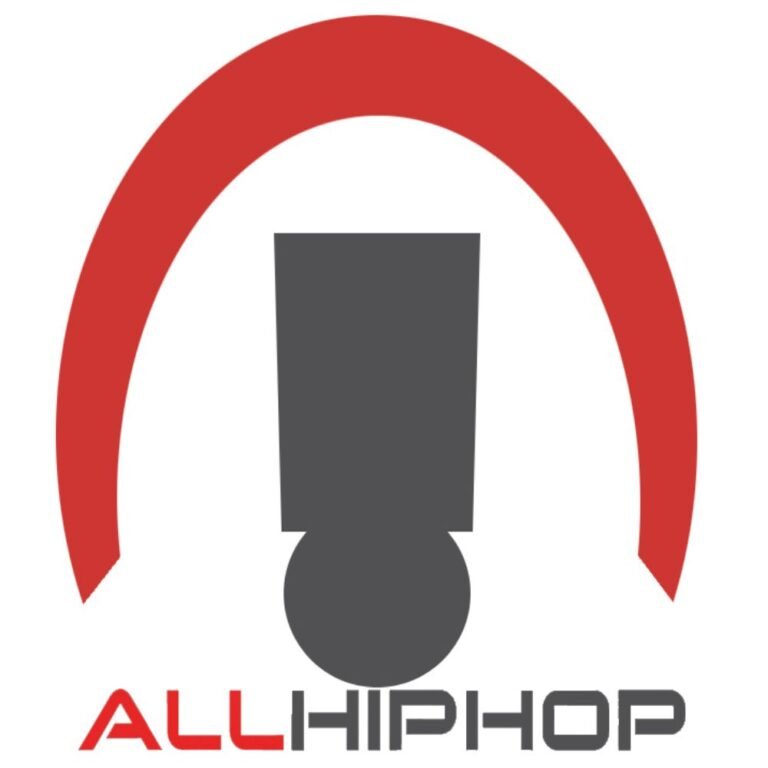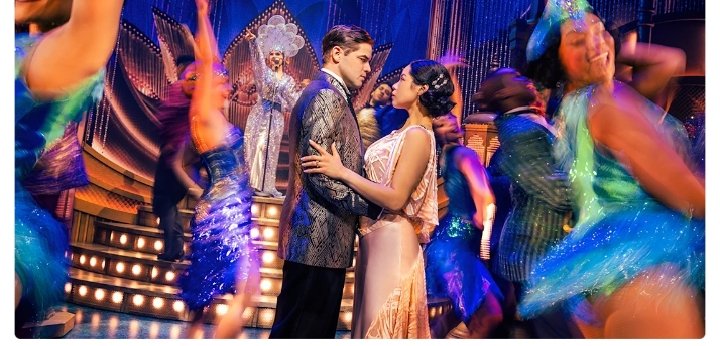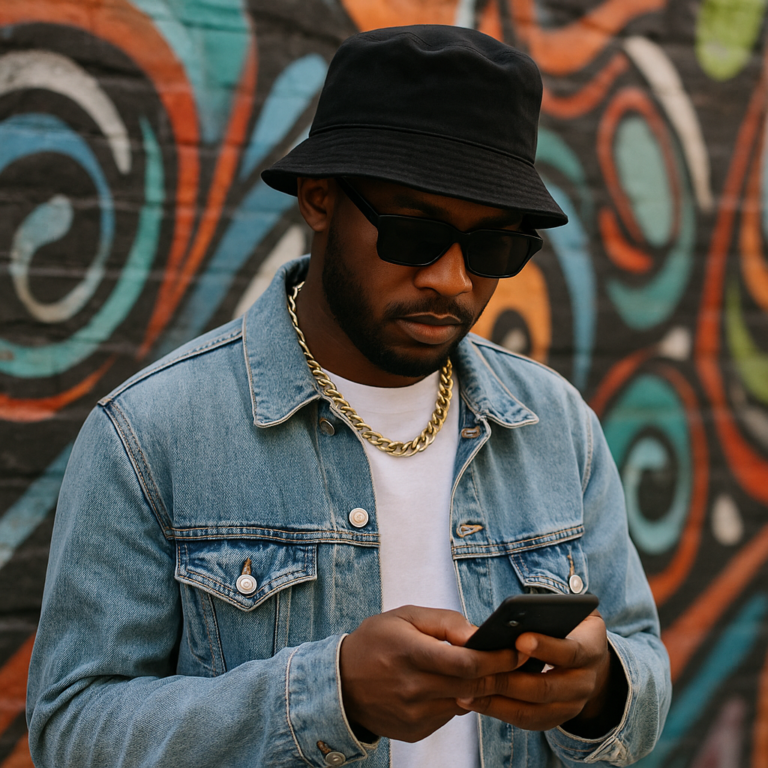The Beginner’s Guide to All Hip Hop
Why Hip Hop Feels So Hard to Jump Into (And Why It Doesn’t Have to Be)
Hip hop is more than just a genre — it’s a cultural force, a creative outlet, and for many, a way of life. But for beginners, stepping into the world of hip hop can feel like being dropped into a conversation mid-sentence. The slang is unfamiliar. The history is deep. And with so many artists, subgenres, and regional scenes, it’s easy to feel like you’re out of the loop.
Whether you’re trying to understand your friends’ playlists, want to expand your musical horizons, or just explore a movement that has shaped modern culture, this beginner’s guide to All Hip Hop is your map to understanding and enjoying the scene without feeling lost.
Also best article how-to-get-your-music-featured-on-allhiphop-com
What Is All Hip Hop?
All Hip Hop refers to the full spectrum of the hip hop genre and its associated culture. This includes not only rap music but also the art, dance, fashion, language, and social commentary that have developed since the genre’s birth in the 1970s in the Bronx, New York. At its core, hip hop is a way of expressing life — especially the realities of struggle, survival, and celebration in marginalized communities.
Today, hip hop is a global phenomenon, influencing everything from language and politics to advertising and social media. It’s a constantly evolving space where beats, rhymes, and real talk converge.
Types of Hip Hop (And Where to Start)
Not all hip hop sounds the same — and that’s the beauty of it. Let’s explore the major styles and subgenres you’ll encounter:
1. Old School Hip Hop
Artists to check out: Grandmaster Flash, Run-DMC, Kurtis Blow
This is where it all began — with breakbeats, turntables, and feel-good rhymes. Think boomboxes, street parties, and block battles. The lyrics were simple but energetic, laying the foundation for everything that followed.
2. Golden Age Hip Hop (Late 1980s–Mid 1990s)
Artists to check out: Nas, The Notorious B.I.G., A Tribe Called Quest, Tupac
This era saw the rise of lyrical mastery, storytelling, and experimental production. The East Coast and West Coast rivalry brought creative fire, while the genre matured in depth and diversity.
3. Gangsta Rap
Artists to check out: N.W.A, Ice Cube, Snoop Dogg, 50 Cent
Known for its raw, unfiltered portrayal of street life, gangsta rap is often controversial but undeniably influential. It uses explicit lyrics to highlight real-world issues like police brutality, poverty, and violence.
4. Trap Music
Artists to check out: T.I., Future, Gucci Mane, Migos
Emerging from the South, trap is known for heavy bass, rapid hi-hats, and themes of hustle and survival. It’s the soundtrack of modern rap clubs and radio hits.
5. Conscious Hip Hop
Artists to check out: Kendrick Lamar, J. Cole, Common, Talib Kweli
More introspective and message-driven, conscious rap focuses on social justice, identity, and change. It’s hip hop with a purpose — rich in metaphor and meaning.
6. Alternative & Experimental Hip Hop
Artists to check out: Tyler, The Creator, BROCKHAMPTON, MF DOOM
If you’re into weird beats, abstract lyrics, and boundary-pushing art, this one’s for you. It blends genres, challenges norms, and keeps hip hop fresh and unpredictable.
How to Dive Into Hip Hop: Step by Step
Step 1: Start with the Classics
Begin with essential albums to build your foundation. Some must-listens include:
- Illmatic – Nas
- The Chronic – Dr. Dre
- Ready to Die – The Notorious B.I.G.
- good kid, m.A.A.d city – Kendrick Lamar
These albums not only sound amazing, but they also tell powerful stories that define the genre’s core.
Step 2: Watch Hip Hop Documentaries
Learn the roots of the culture with visual storytelling. Recommended viewing:
- Hip-Hop Evolution (Netflix)
- The Defiant Ones (HBO)
- Rhyme & Reason (1997)
You’ll get the historical and cultural context that helps you understand lyrics and style shifts.
Step 3: Get Into the Lyrics
Use Genius.com to read along while listening to tracks. You’ll uncover hidden wordplay, double entendres, and cultural references. Hip hop is poetry — the deeper you go, the richer it gets.
Step 4: Follow Modern Trends
Keep up with what’s hot by following curated playlists like Spotify’s “RapCaviar” or Apple Music’s “New in Hip-Hop.” Explore YouTube channels like COLORS or NPR Tiny Desk for raw, live performances.
Step 5: Engage With the Community
Whether it’s Reddit’s r/hiphopheads, local shows, or Twitter threads, hip hop is driven by conversation. Ask questions, share favorites, and see how the community responds — it’s a space built on participation.
Bonus Tips for Hip Hop Beginners
- Respect the Culture: Hip hop emerged from struggle and resistance. Appreciate its roots — don’t just skim the surface.
- Explore International Scenes: UK grime, French rap, and Latin trap are expanding the genre globally. Try artists like Stormzy, Bad Bunny, or Niska.
- Balance Old and New: It’s easy to stay stuck in the past or only listen to what’s trending. Find a mix of both to keep your perspective fresh.
- Go Beyond the Music: Hip hop is about fashion, dance (breakdancing is making a comeback via the Olympics), graffiti, and even activism. Embrace the full package.
Key Takeaway: Hip Hop Is for Everyone — If You’re Willing to Listen
Hip hop is a living, breathing culture that invites you in — no matter where you’re from. It’s emotional. It’s political. It’s a party. It’s pain. And most importantly, it’s real.
To get into all hip hop, you don’t need to know every lyric or memorize every mixtape. Just start listening. Stay open. And follow the rhythm wherever it leads you. From the gritty verses of Nas to the autotuned vibes of Future, there’s a lane for everyone in hip hop — including you.



